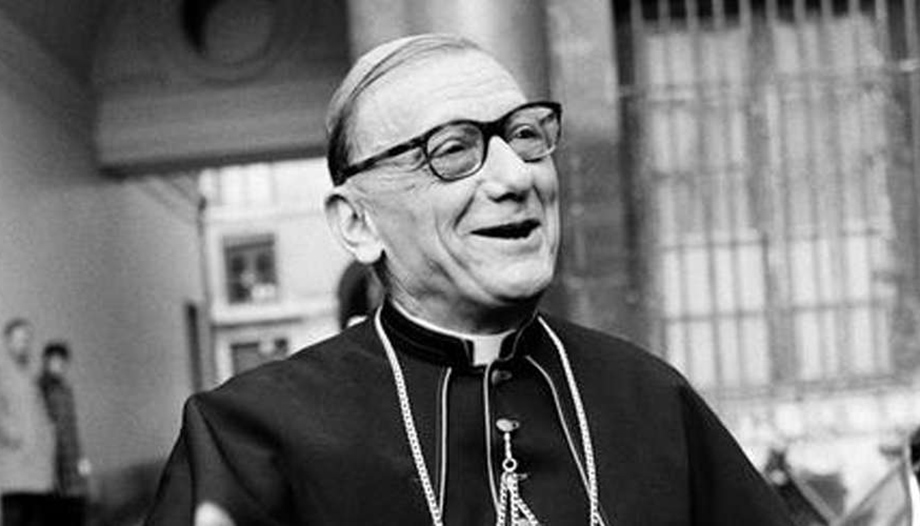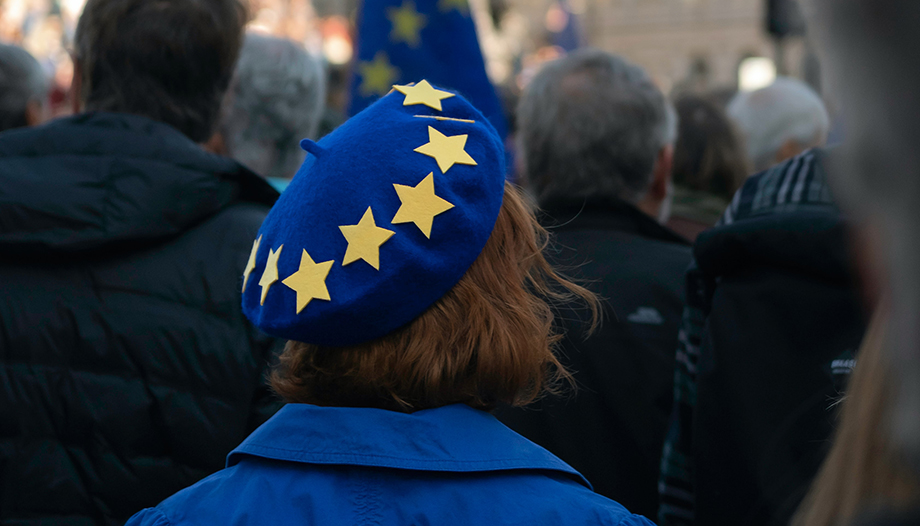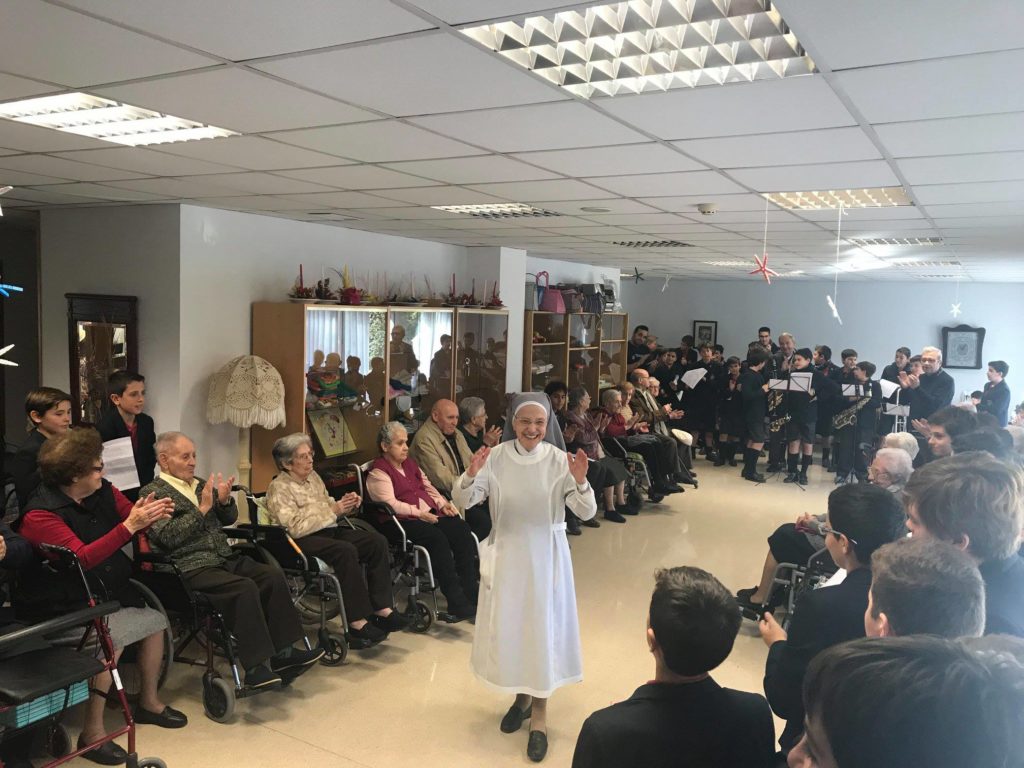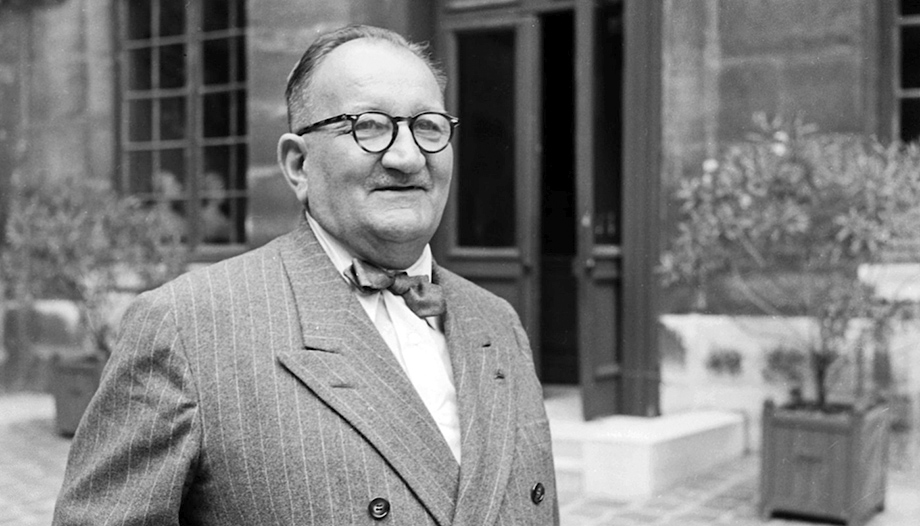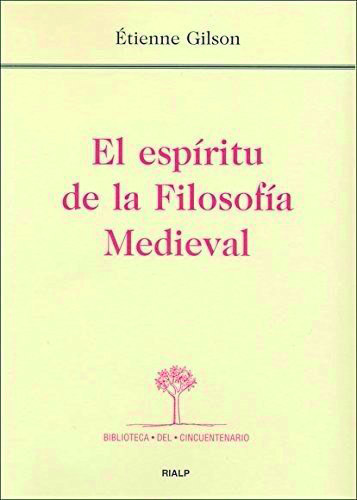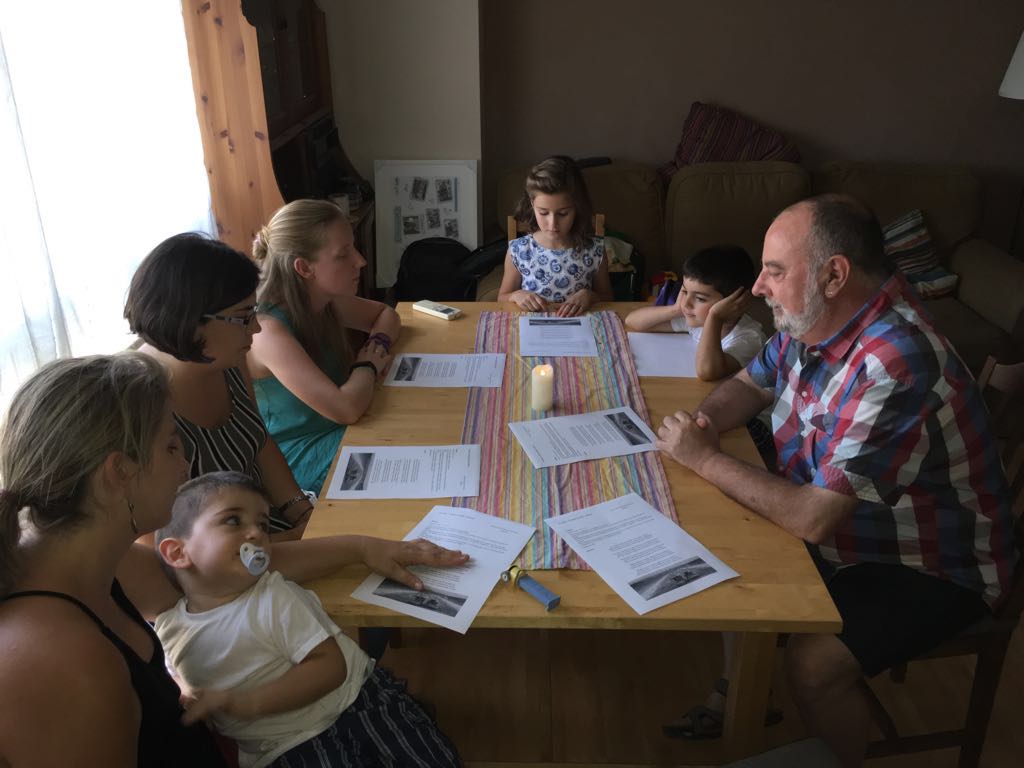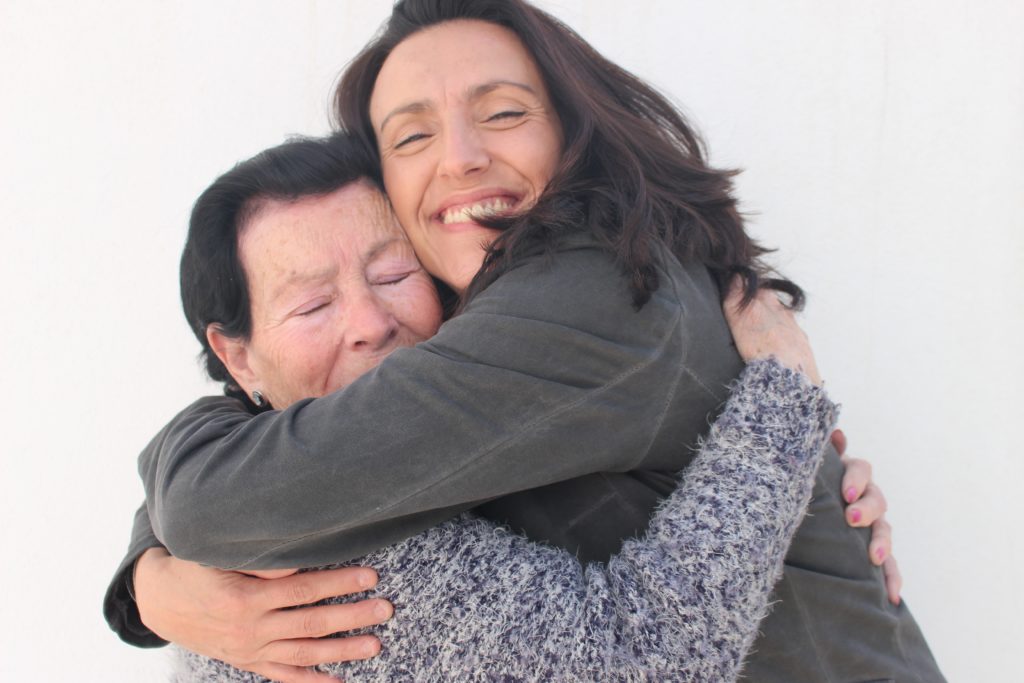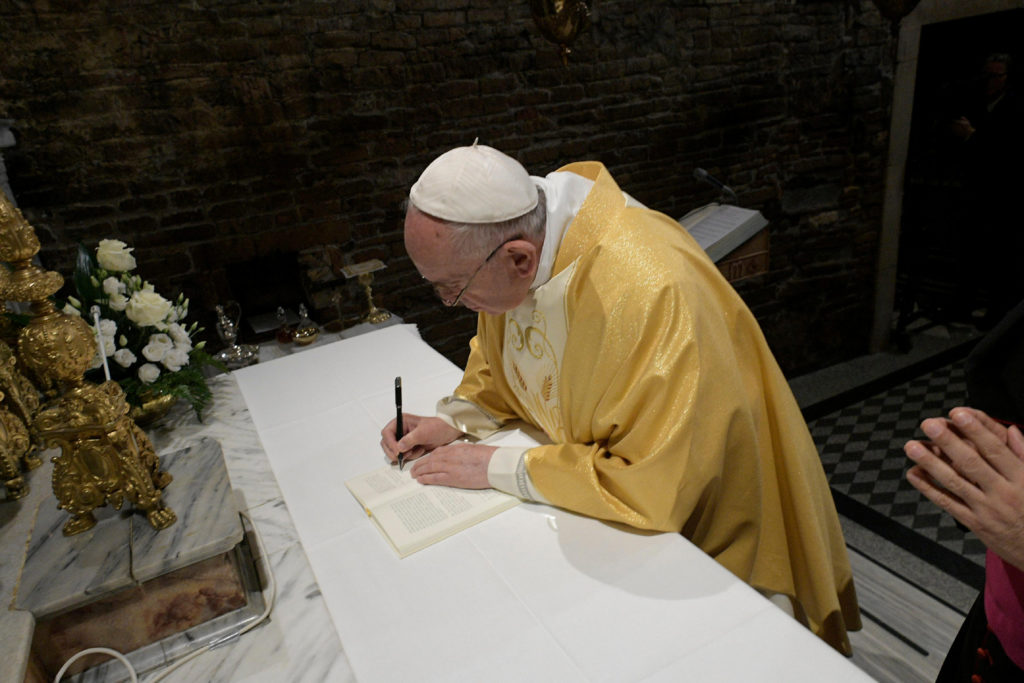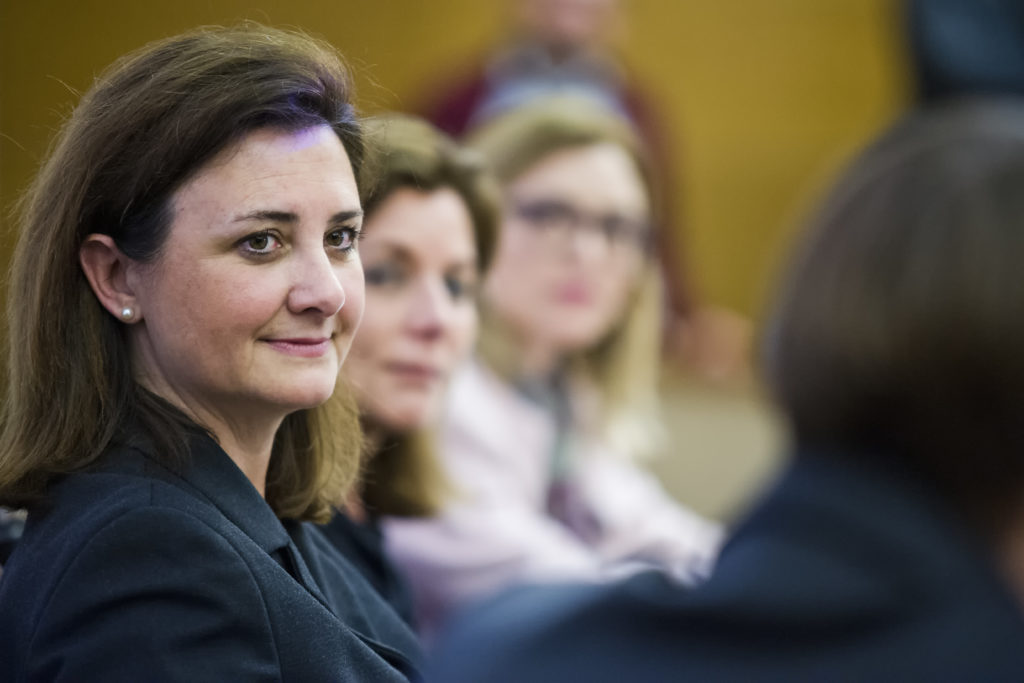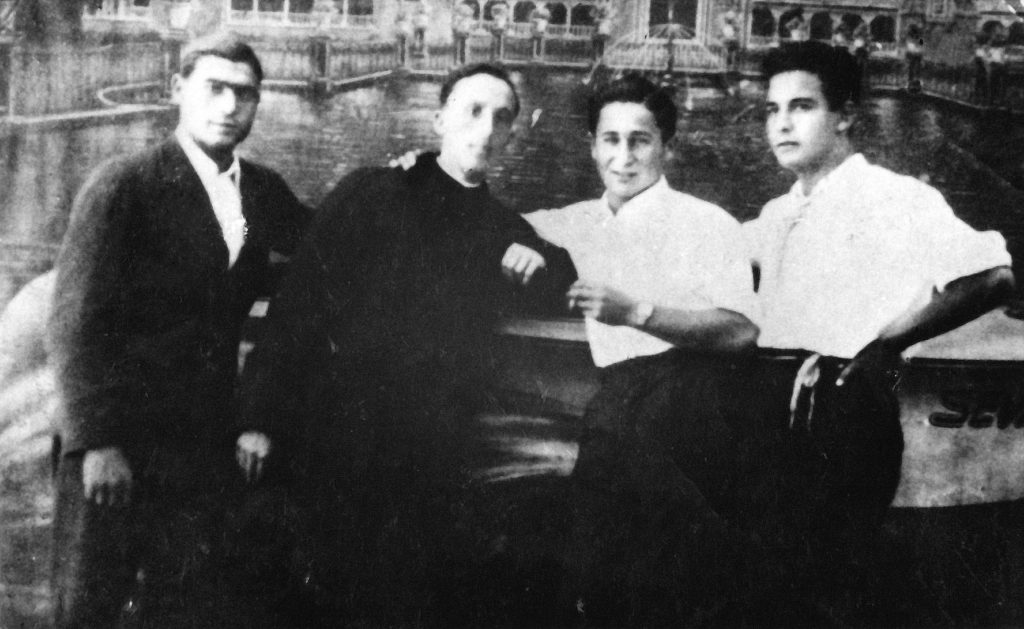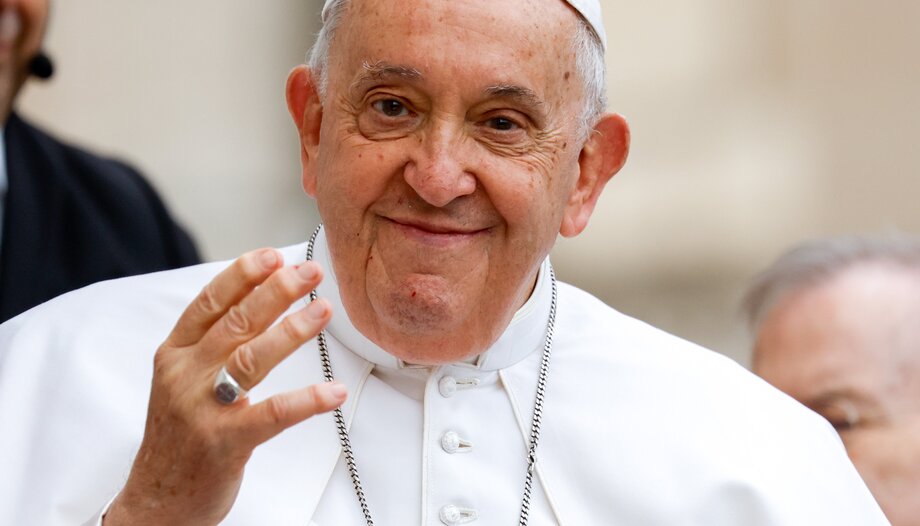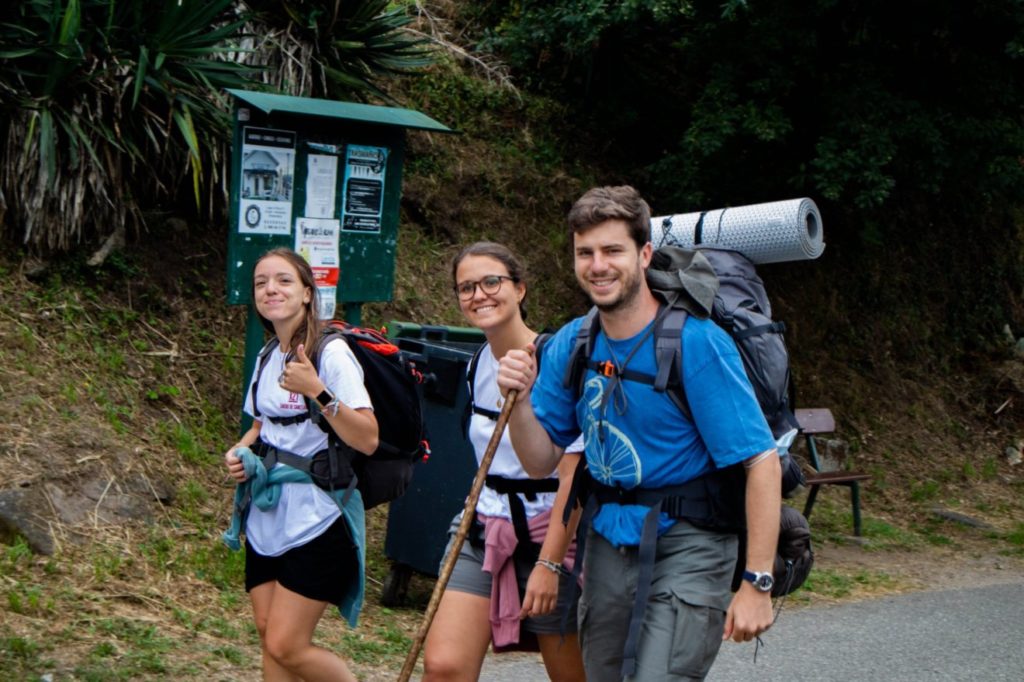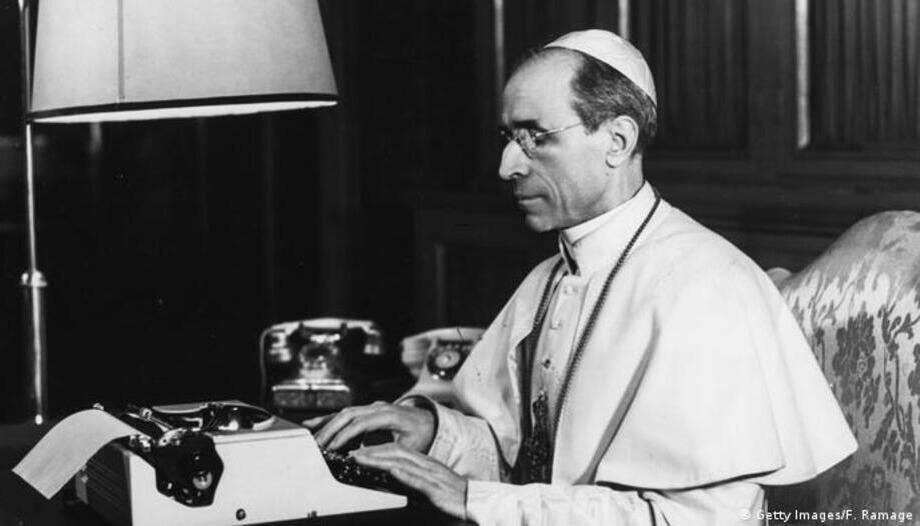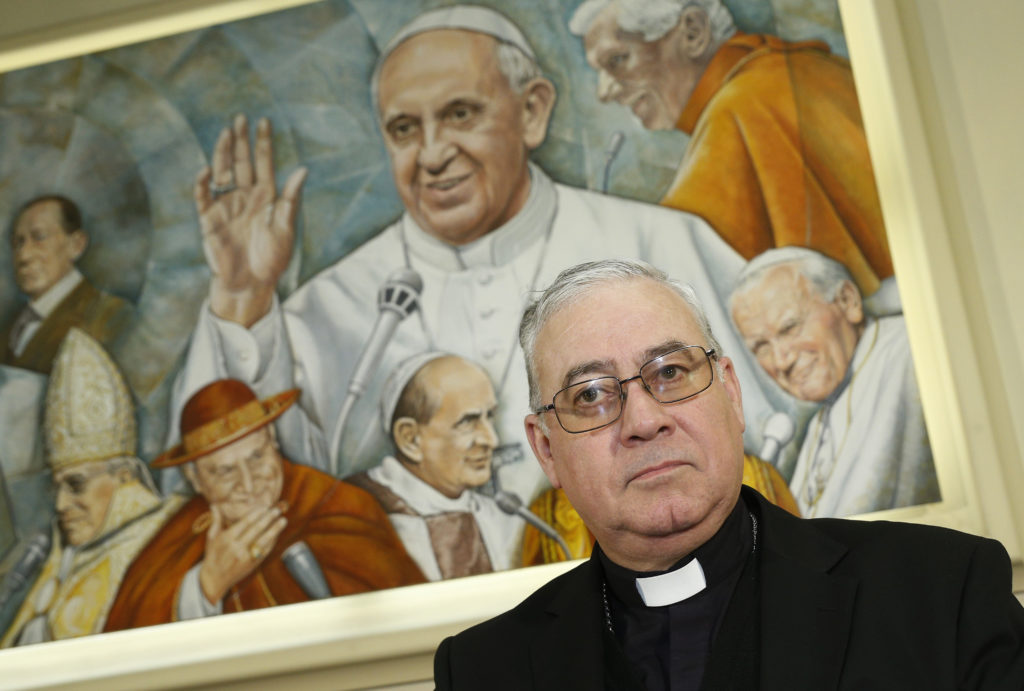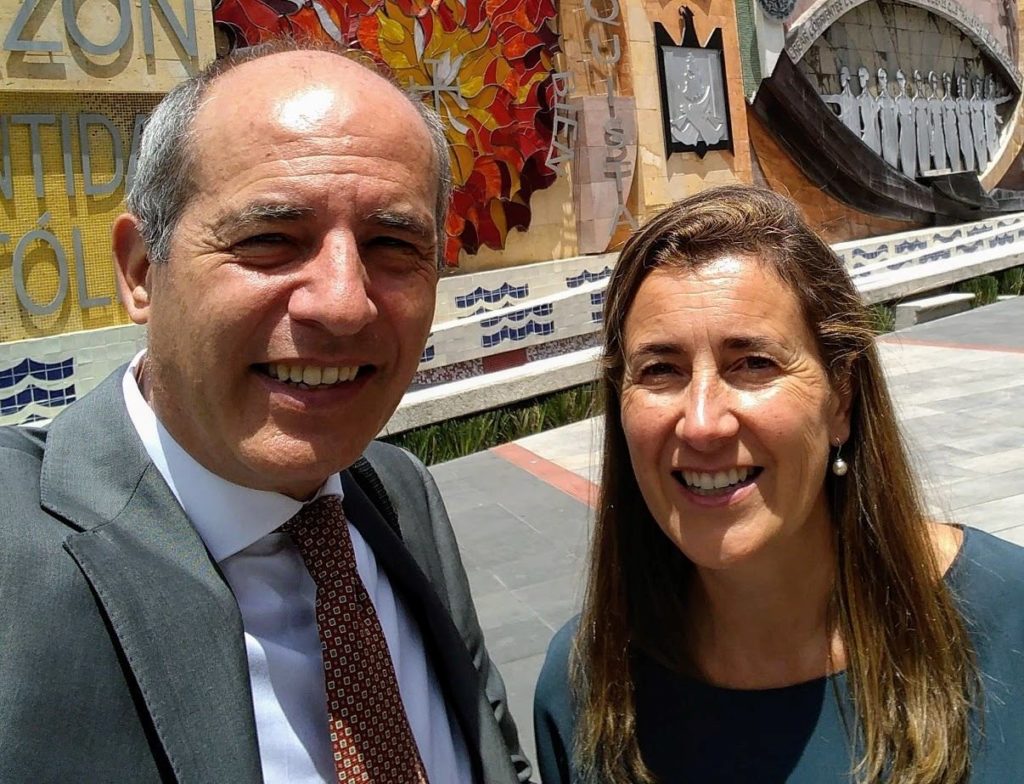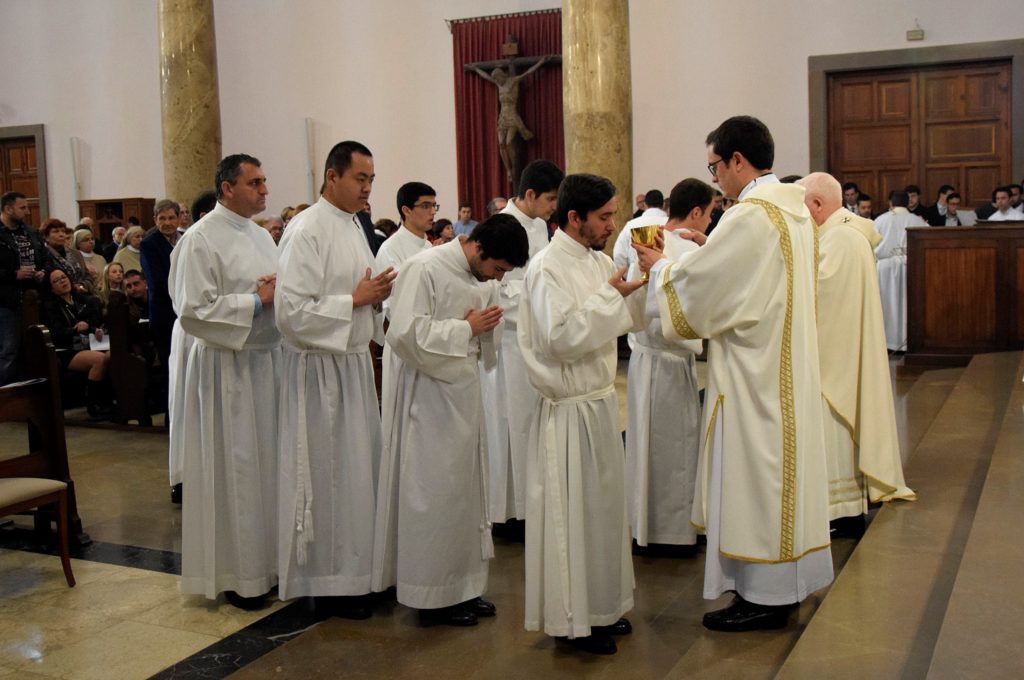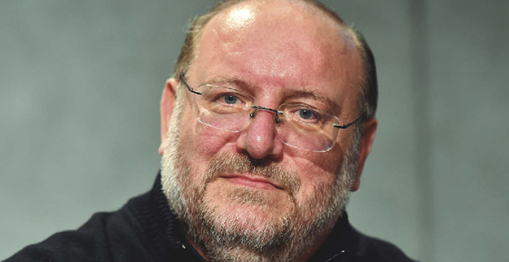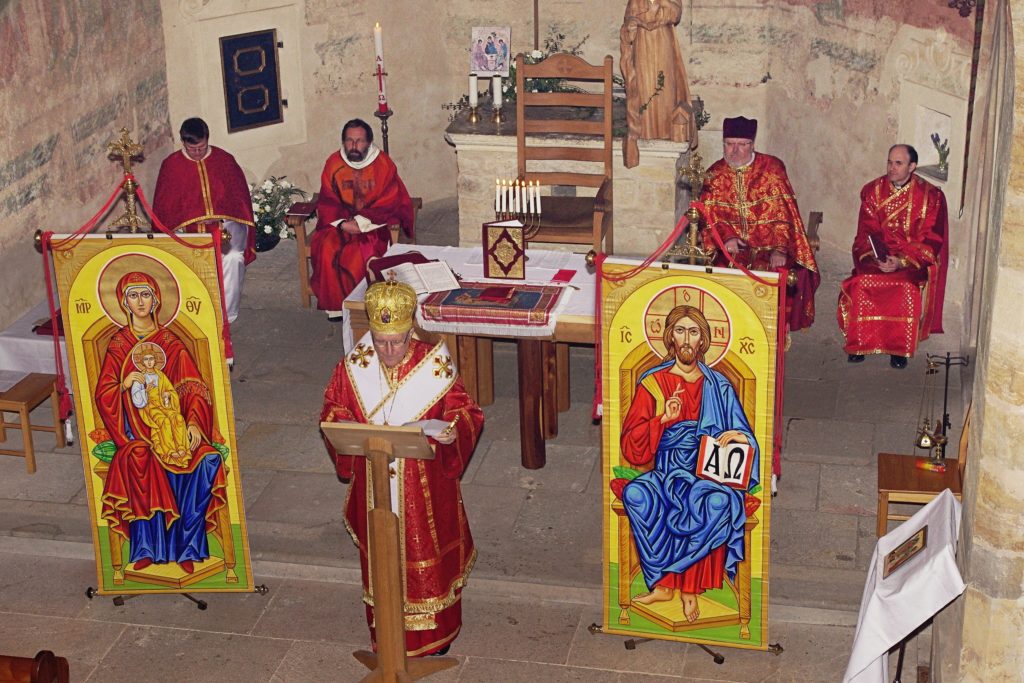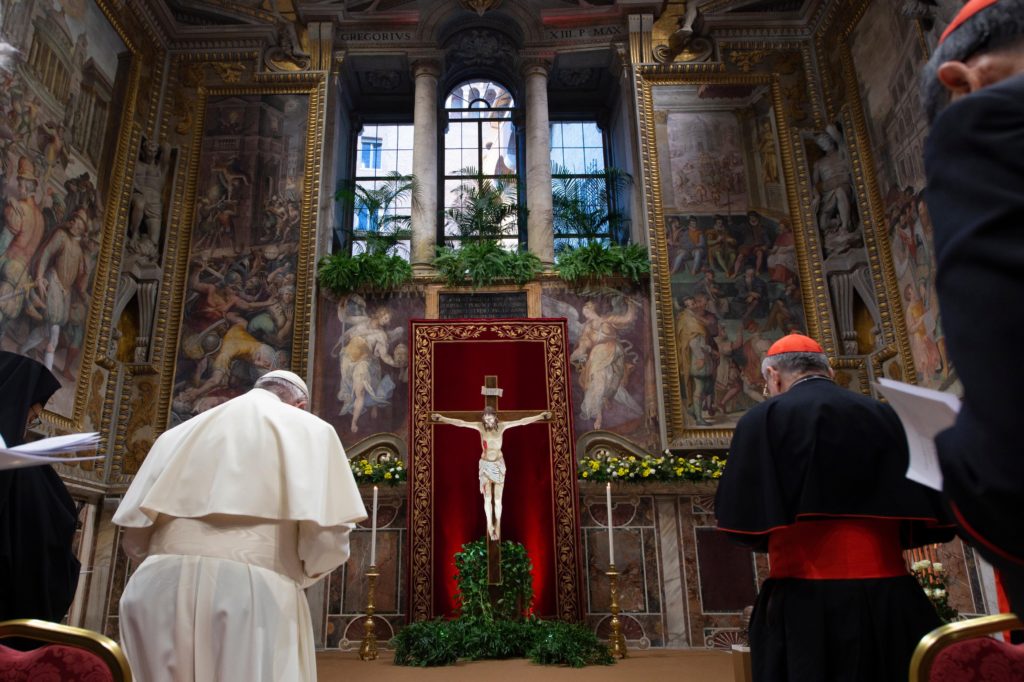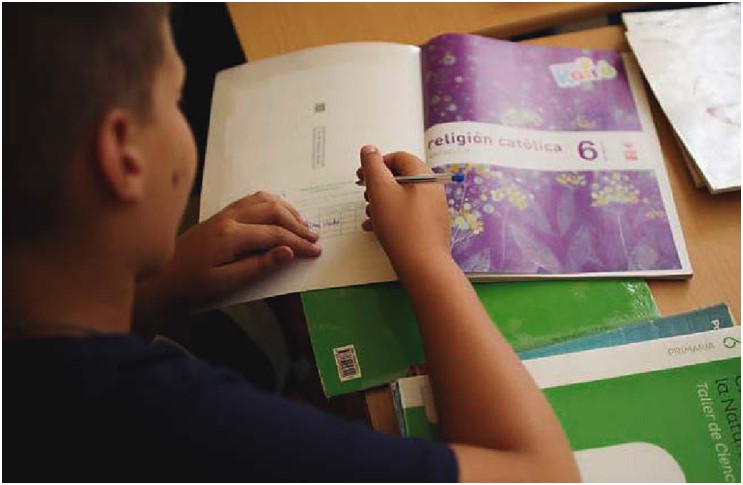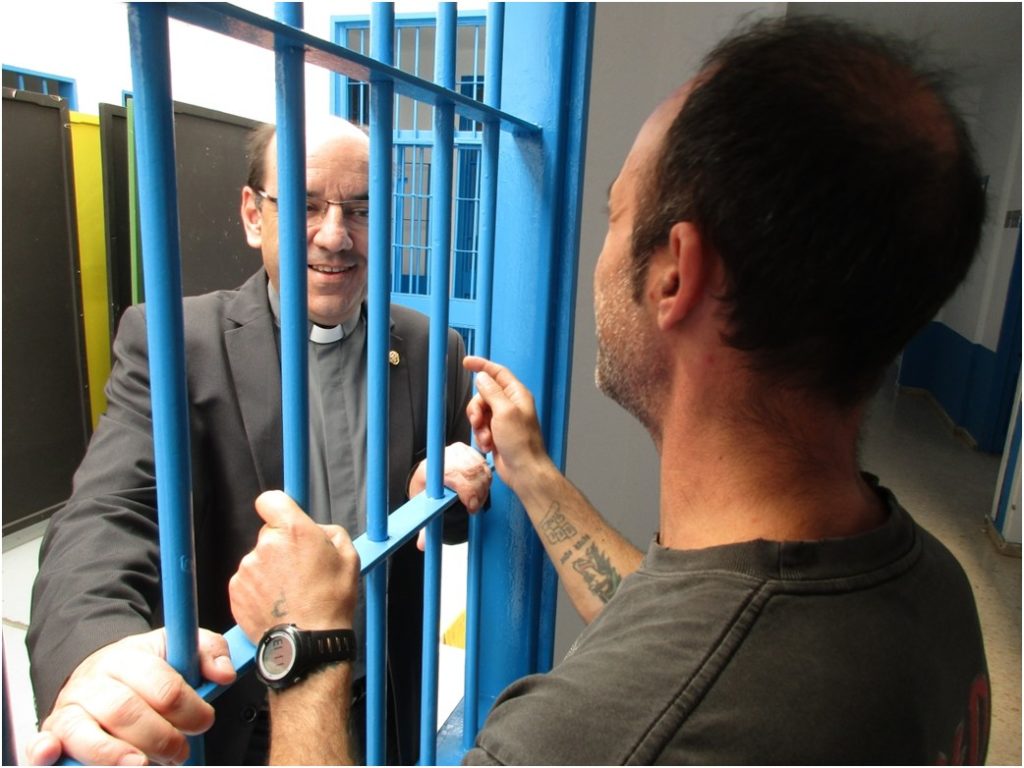The first impression on approaching the book is that it is a somewhat heterogeneous compilation of writings: conferences, magazine articles and participation in collective works and tributes. And that it covers a wide period, between 1968 and 1981. For this reason, the title might seem a bit grandiose: Theory of theological principles. Although it is qualified in the subtitle: Materials for a fundamental theology. To assess it properly, it is necessary to add at least three contexts.
The contexts of the book
First of all, it was published on a key date: Easter 1982. That is to say, it was prepared while Joseph Ratzinger was beginning his journey as Prefect of the Congregation for the Doctrine of the Faith (since January 1982). And therefore, when he assumed that difficult task of guidance and judgment with a universal responsibility. And in a very complicated post-conciliar time, where the renewing ferments of the Council were operating, but also the post-conciliar drifts.
Secondly, Joseph Ratzinger's theology has a deep biographical background. Every person and writer is a child of his time. It is a truism. But Joseph Ratzinger is a protagonist of 20th century theology, with three clear phases. As a theologian and professor of theology he has been an attentive receiver and promoter of the renewing ferments; then, a responsible expert of the Second Vatican Council, with recognized contributions; and then, a lucid witness of the dialectic between Reformation and Rupture, in the interpretation of the Second Vatican Council. That is to say, he has promoted the improvements that seemed necessary, has contributed to their being embodied in the conciliar texts and has fought for their development and authentic interpretation.
But also, and this would be the third context, he is a deep man. And this is easy to see just by reading him. Even if the intervention or the writing is occasional, what he says is part of a reflection that is dilated in its history. It is difficult to find something that is only occasional and lacks value. The usual thing is the opposite: that you are surprised by the enlightenment you get from reading anything of his.
A testimony
When, in the mid-1990s, I compiled extensive bibliographical notes on theologians of the twentieth century, I also made notes on Joseph Ratzinger. At that time, he was already recognized as one of the most representative and influential theologians. However, by comparison with others (De Lubac, Daniélou, Congar, Von Balthasar, Rahner...) his work in circulation seemed relatively small. It consisted mainly of the manual of Eschatologyits now famous Introduction to Christianityand two books of compilations of articles on Ecclesiology (The new People of God e Church, ecumenism and politics). Other minor works (Christian fraternity) and also his theses had been forgotten.
During his intense years of service in the Congregation for the Doctrine of the Faith, his lectures and articles with lucid diagnoses of the situation of the Church, theology and modern culture attracted attention. In part they were also provoked by the questions addressed by the Congregation. These profound judgments presupposed a very great capacity for cultural observation and also a great clarity of principle. As a consequence, all his interventions began to be recovered, ordered and published.
Theory of principles
With these contexts, we can better understand the value of this book in the context of his work and the theology of the 20th century. It truly contains a timely reflection on the principles of theology, the fruit of his theological experience. For this reason, the subtitle of "Materials for a Fundamental Theology.". Since there is usually nothing occasional about Ratzinger, the brief three-page foreword explaining the structure of the book is illuminating.
"When, last fall [1981], I undertook the task of reviewing the works I have been writing for the past decade, it became clear that all of them, over and above the diversity of external circumstances and their specific subject matter, were united by the problematic interweaving that springs from our situation, that they can be ordered and classified according to this texture and can thus become materials for the construction of a fundamental theology whose task is to analyze theological principles.".
The structure of the book
The book has three parts and an epilogue. The first is called Formal principles of Christianity. The Catholic perspectiveThe Catholic Faith: gathers materials on the Catholic faith, which is lived in the Church (we believe) and confessed in formulas of faith (Creed), with perennial value but in need of interpretation.
The second part is Formal Principles of Christianity in the Ecumenical Perspective and the state of ecumenism is addressed, especially with Orthodoxy and the Protestant communities, the "nuclear question" of the debates (sacrament of orders) and "catholicity as the formal structure of Christianity". In other words, the ecclesial dimension is recovered at the end: my belief is a "we believe", believing with the Church which also supposes believing what the Church believes.
The third part addresses, much more briefly, The formal principles of Christianity and the path of theology. And it insists on the role of the Church in the very structure of faith and, therefore, of theological knowledge. In all three parts, this ecclesial dimension emerges: faith belongs to the Church and, therefore, Catholic theology is done in the Church and with the Church. It is a "formal principle" because it gives Catholic form to theology.
In the epilogue, with the heading The place of the Church and of Theology at the present time.a personal letter from "post-conciliar balance sheet" and a reflection on Acceptance of the CouncilThe Church wants to be close to the world in order to evangelize it, but she does not want to be transformed by the criteria of the world: she needs to maintain a saving tension.
The "formal principles" of Christianity
With the reading of the index, following your suggestions, it has already become clear that what makes theology catholic and universal is its ecclesiality. To receive the faith of the Church, to think the faith of the Church with the Church, because a theology that is not contrasted, not endorsed, not received, would still not be catholic. This catholicity is missing to a great extent in Protestant theology and to a lesser extent in Orthodox theology, insofar as the reference to the Primacy as the principle of unity, which has really acted in history, is missing. The ecclesial context of the faith, with the structure proper to the Church that lives it, acts as a transmitting principle and, in short, it is the tradition. And it is the inspiration and rule of theology. But it is interesting to develop it a little more.
In the brief prologue, Ratzinger warns of three major issues. The first is "how to turn history into the present". that is to say, to make the Christian message come alive today, without being buried in the past. And that is "the question of the mutual relations between Scripture and Tradition".. Because "within the great mass of such multiple and varied possibilities of interpretation." (so many experts and so many books), the question is how to extract a certainty of faith. "for which one can live and for which one can suffer and die.": what is the reference.
The second is precisely the apostolic succession, which is "the personal and sacramental aspect of the problem of tradition, of the interpretation and actualization of the message that has been given once for all.". This is an irreplaceable point of reference in the "plane of construction of the Christian".. That which makes it possible for something to transcend the level of pure particular opinion subjected to time. Thus the passage of time is not a movement of dispersion, but there is a growth in relation to a central nucleus kept alive throughout history.
Precisely these two questions lead to the third: "catholicity as a structural form of faith".. Ratzinger refers to changes in sensitivity to the value of the social as a human context: on the one hand, necessary for our physical and mental survival; and on the other hand, with the dangers of being depersonalized or subjugated. He criticizes the temptation that can arise to prefer the small nucleus of Christian living in word and sacrament as more authentic for the faith than the extended structure of the Church. But only the full structure of the Church serves as a point of reference for faith and, therefore, for theology.
The "we" structure of faith as a key to its content
This is the title of the first article of the book. And, as we have seen, it is the key to everything, although a certain amount of development is needed to understand from there what faith is, what tradition is, what the Magisterium is, what the creeds are, what theology is. And in the end, in short, what is the Church, point of departure and point of arrival. Because that "we" in history is precisely the Church, founded by Christ and animated by the Holy Spirit, which confesses its faith in God the Creator and Savior. The article beautifully develops how the original confession was, embodied in the Creed, and how it is based on ecclesial communion: "The creedal self, then, encompasses the passage from the private self to the ecclesial self [...]. If this creedal self, raised up and made possible by the Trinitarian God, is truly given, then we have already obtained an answer to the hermeneutical question. [...] The memoria Ecclesiaethe memory of the Church, the Church as memory is the place of all faith".. And, therefore, the basis and reference of theology. But the Church must be understood here in the full depth of its mystery.
"What we lack today are not, fundamentally, new formulas. On the contrary, we must rather speak of an inflation of words without sufficient support. What we need above all is the reestablishment of the vital context of catechumenal exercise in the faith, as a place of the common experience of the Spirit, which can thus become the basis for a reflection attentive to the real contents".
The sacrament of Holy Orders as a sacramental expression of the principle of tradition
This chapter, central to the second part, gives a historical overview of the form of the sacrament of the priesthood, while at the same time pointing out its theological consequences: "The sacrament of Holy Orders is an expression and at the same time a guarantee of being, in community with others, within the current of the tradition that goes back to the origins.". In the sacrament of Holy Orders, with its structure and its relationship to the Primacy, it is principally posed "the problem of doctrinal power in the Church, the form of tradition in the Church itself.". Therefore, there is a "The question of order is not only a concrete material issue, but is indissolubly linked to the fundamental problem of the Christian form in time. Order is not only a concrete material issue, but is indissolubly linked to the fundamental problem of the form of the Christian in time.".
And in the conclusion of the following article he says: "The objective of the ecclesial faith needs, of course, in order to remain alive, the flesh and blood of men, the surrender of their thought and their will. But it is just surrender, not renunciation for the sake of the passing moment. The priest fails in his mission when he tries to stop being a servant, to stop being a sent one who knows that it is not about him, but about that which he also receives and which he can only have insofar as he has received. Only to the extent that he consents to be insignificant can he be truly important, because in this way he becomes the door through which the Lord enters this world. Door of entrance of him who is the true mediator into the profound immediacy of eternal love.".
Conclusion
It would suffice to mention again the title of the last chapter of the second part, "catholicity as the formal structure of Christianity".to underline the core of the book. Of course, here, we have arrived at it quickly, without the delicate preparations and historical contexts that underlie it and that have been the object of Joseph Ratzinger's reflection for years.
As we have mentioned, in this process of gaining depth, he manages to reinterpret the great concepts of Fundamental Theology: Faith, revelation, tradition with its relationship with Scripture and Theology. And he also obtains the keys to discern that the post-conciliar drifts are due to theologies that are not very ecclesial.




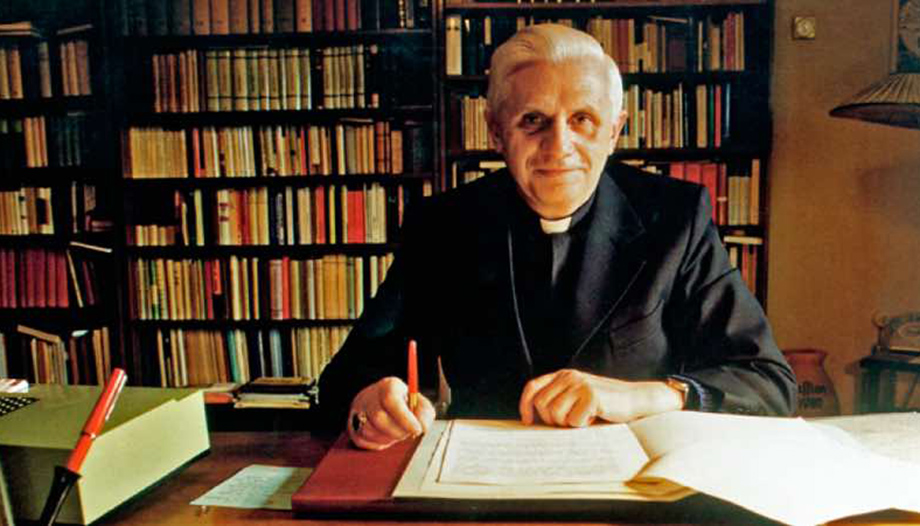
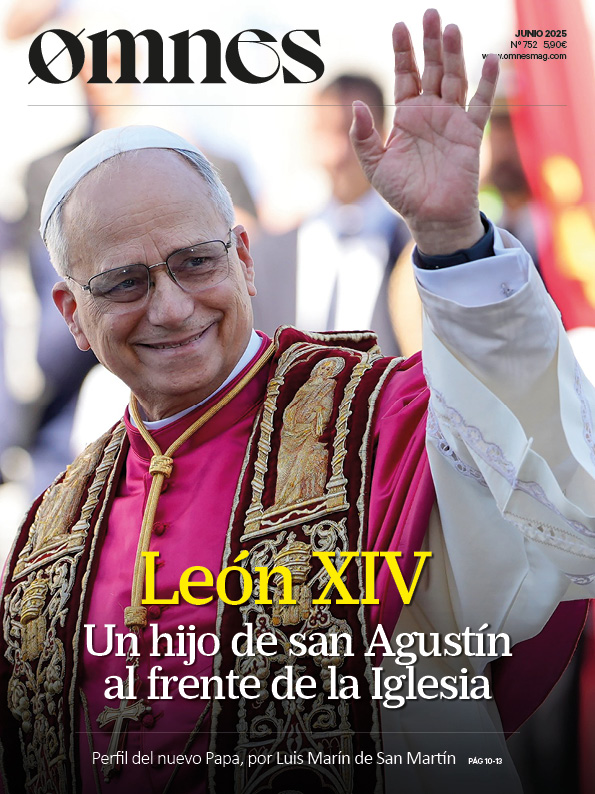


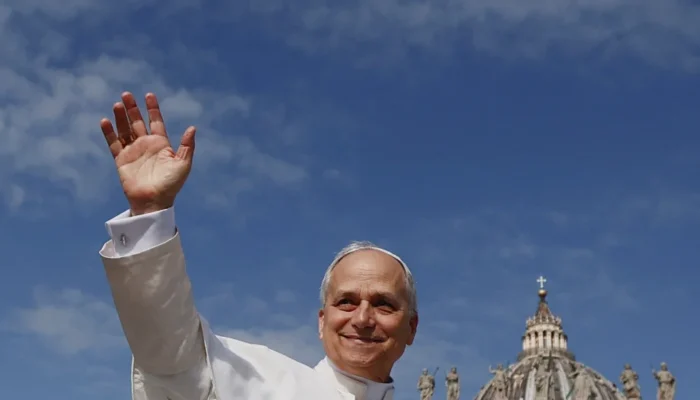
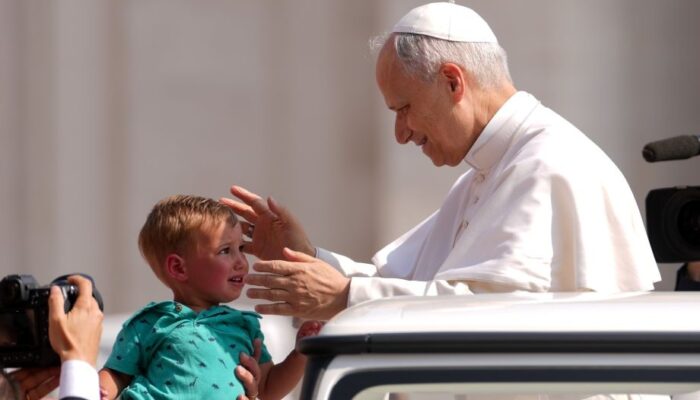
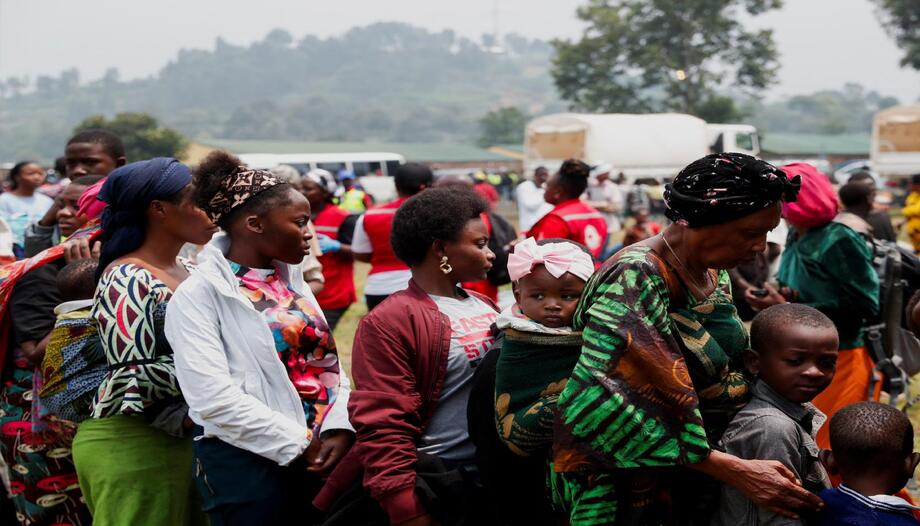

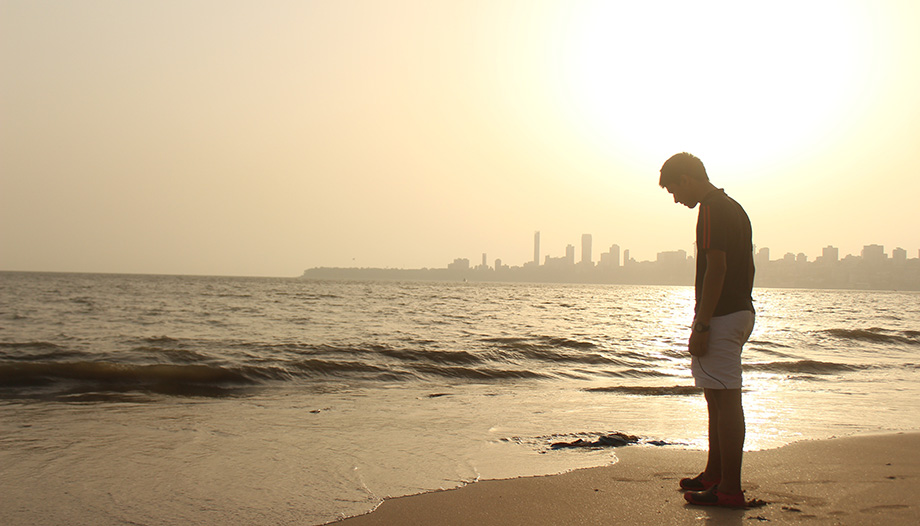
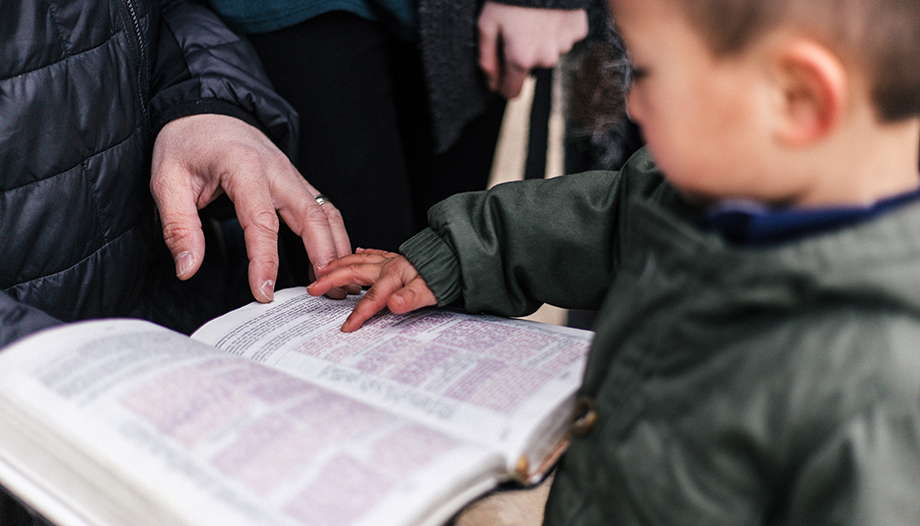
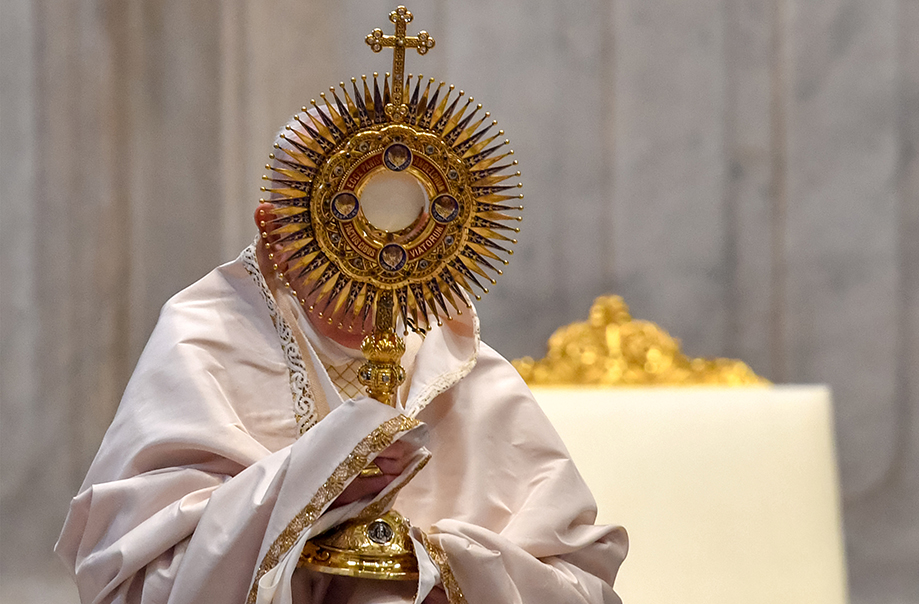
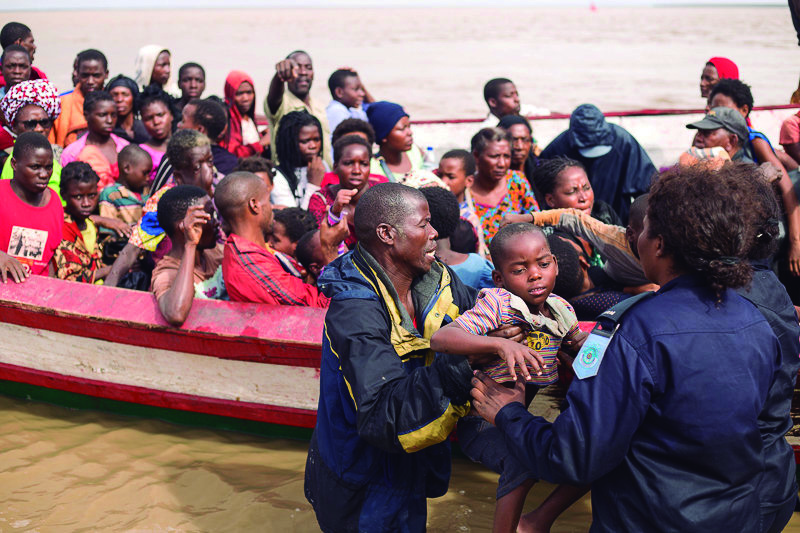

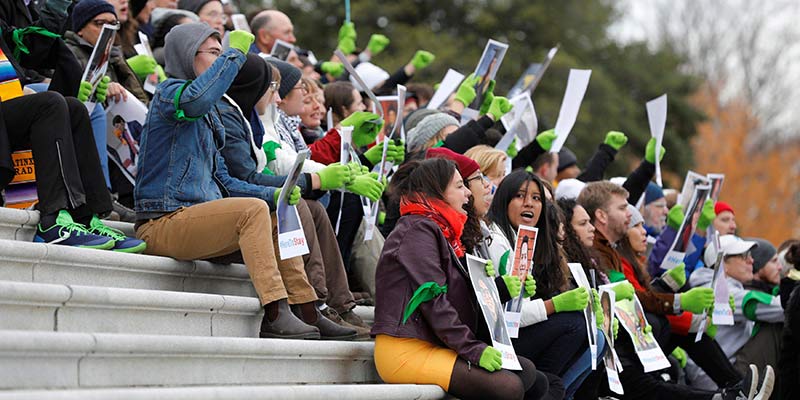
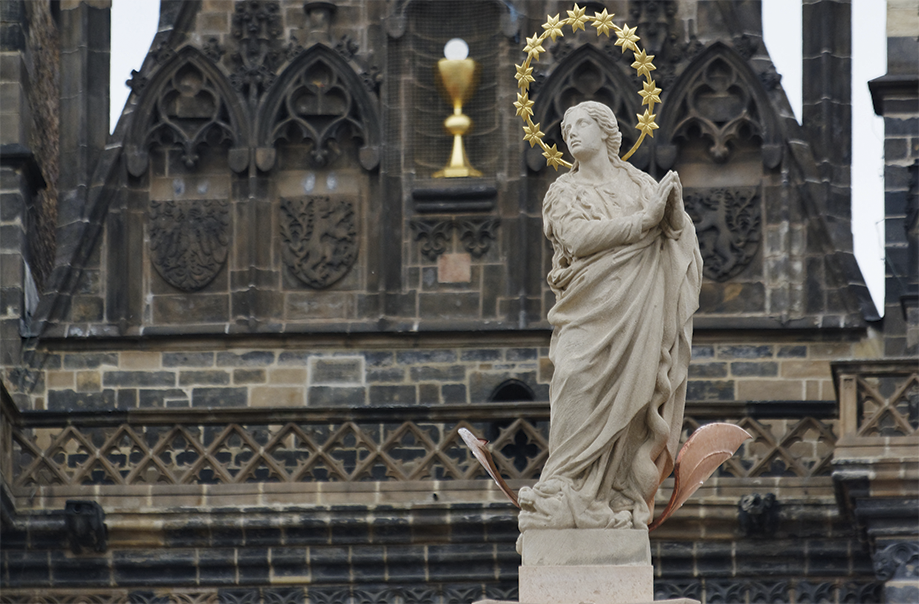
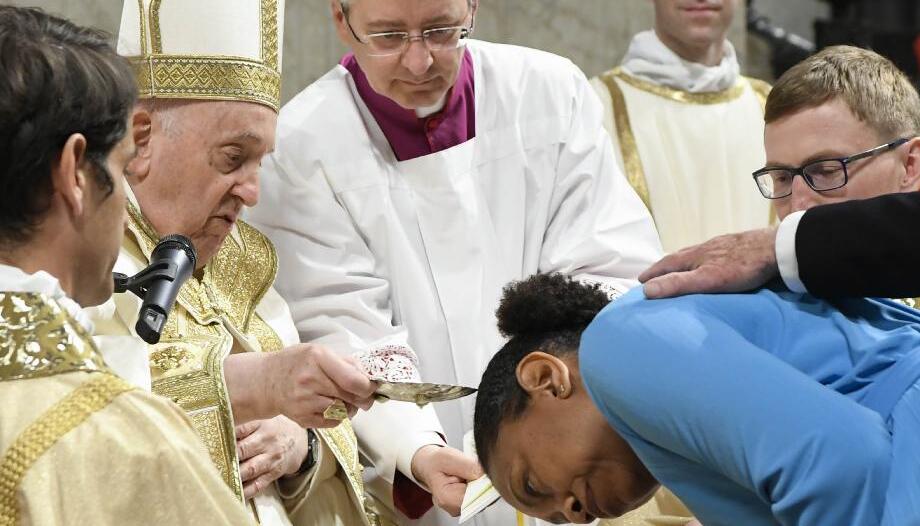
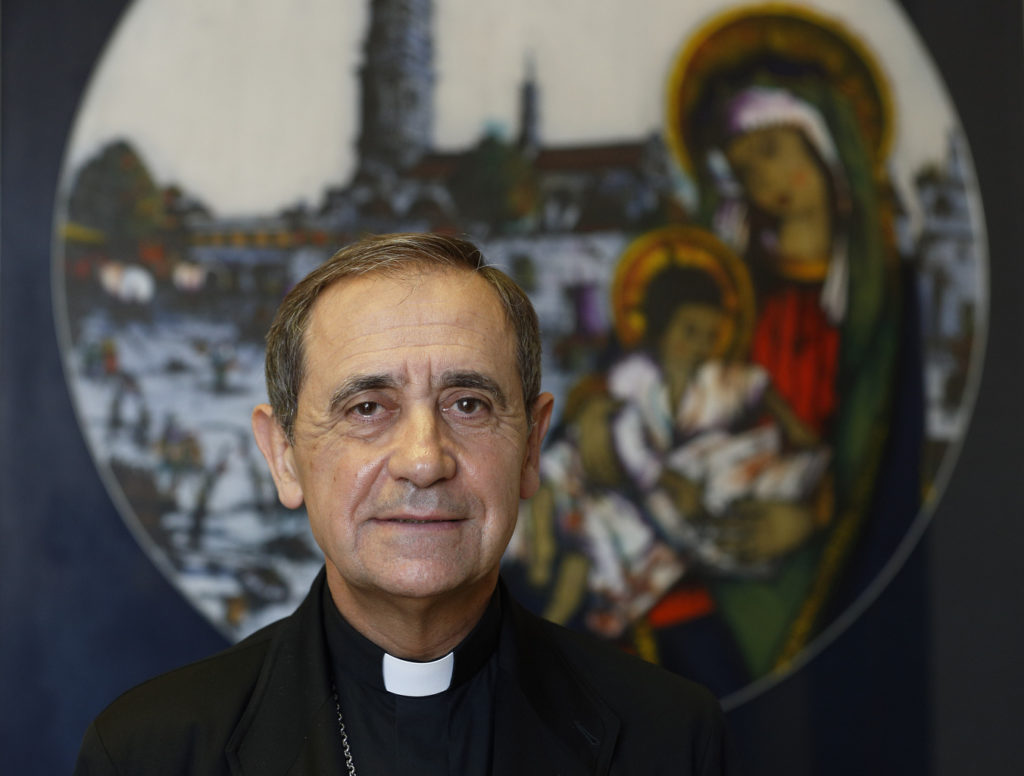
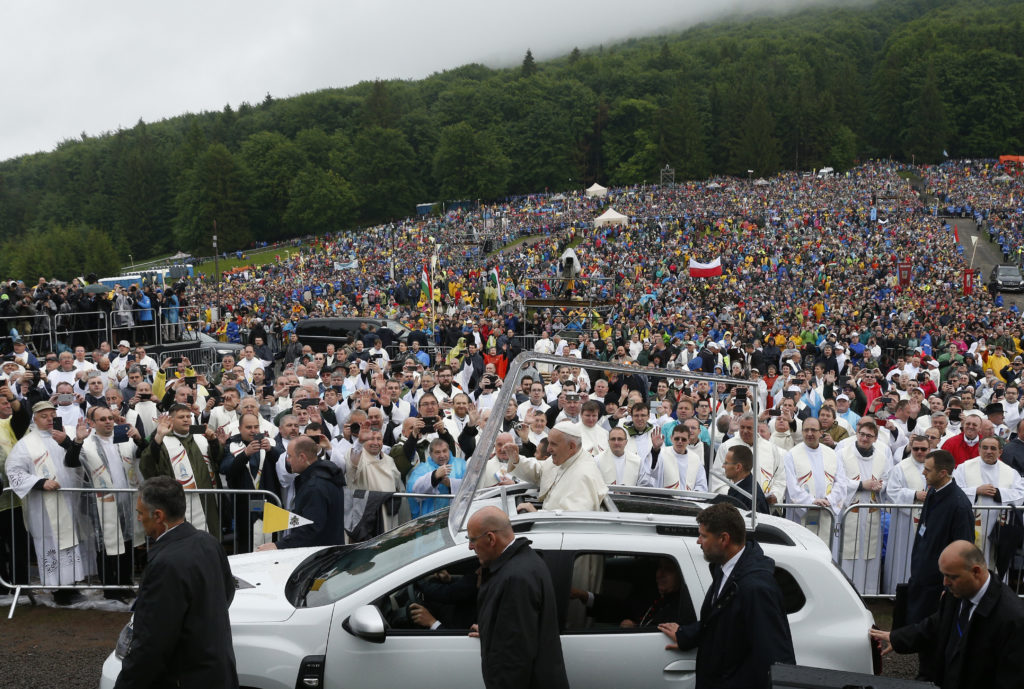
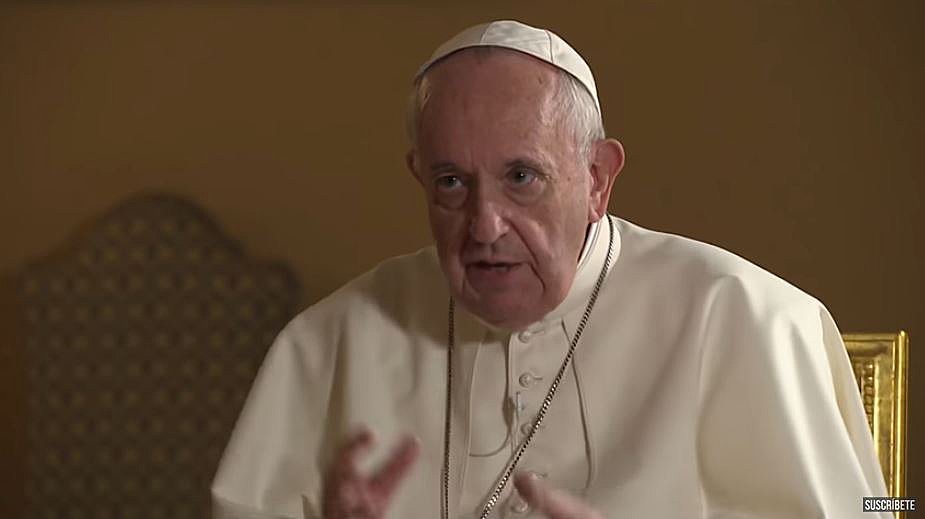
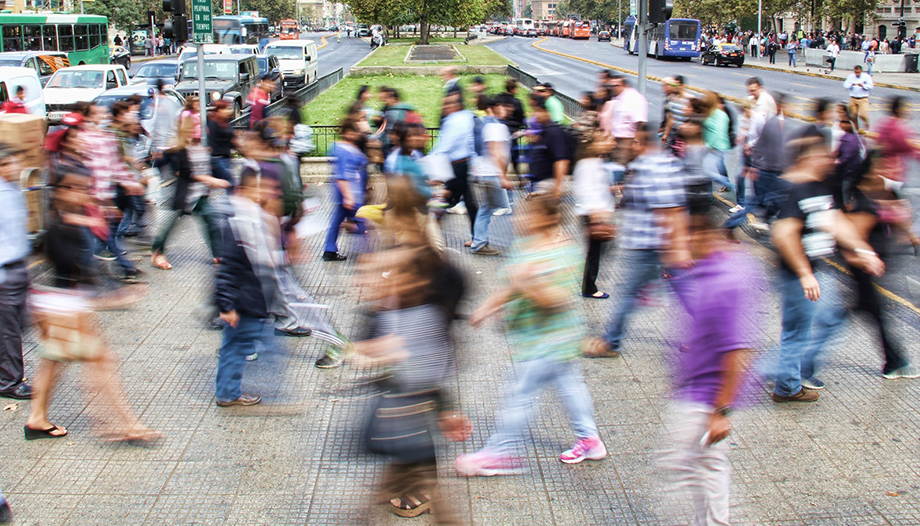
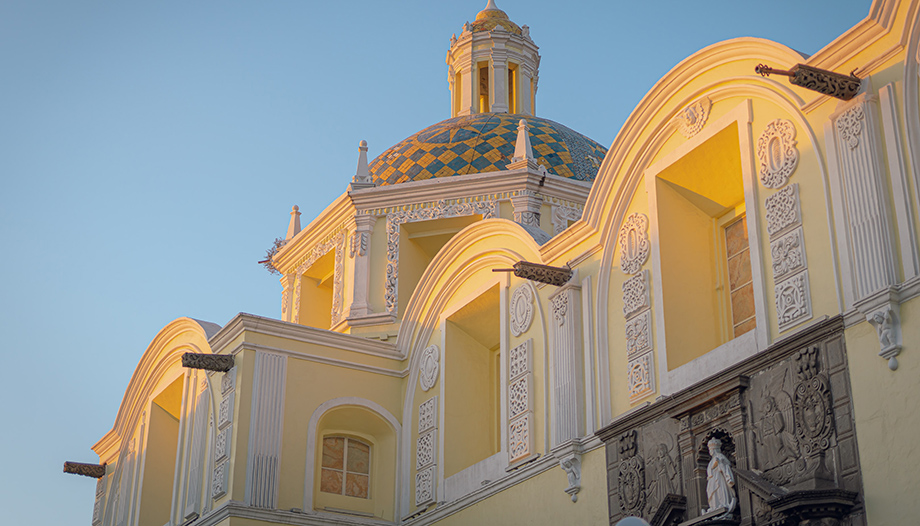
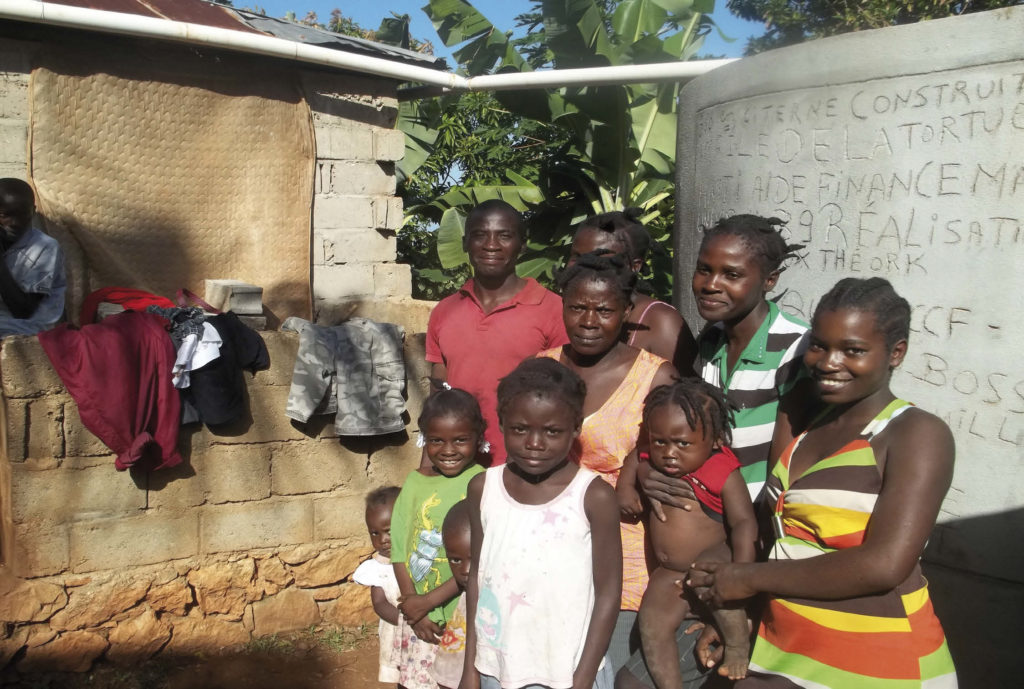
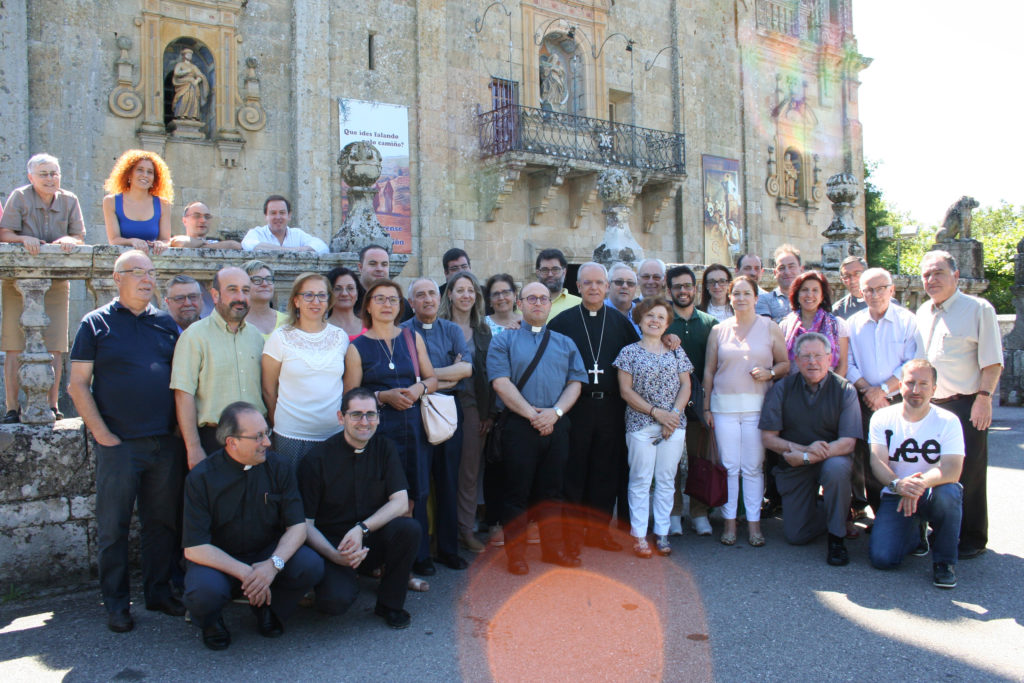

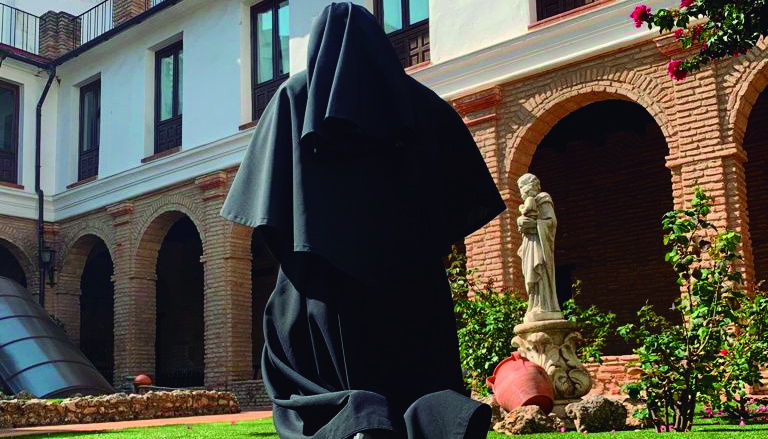
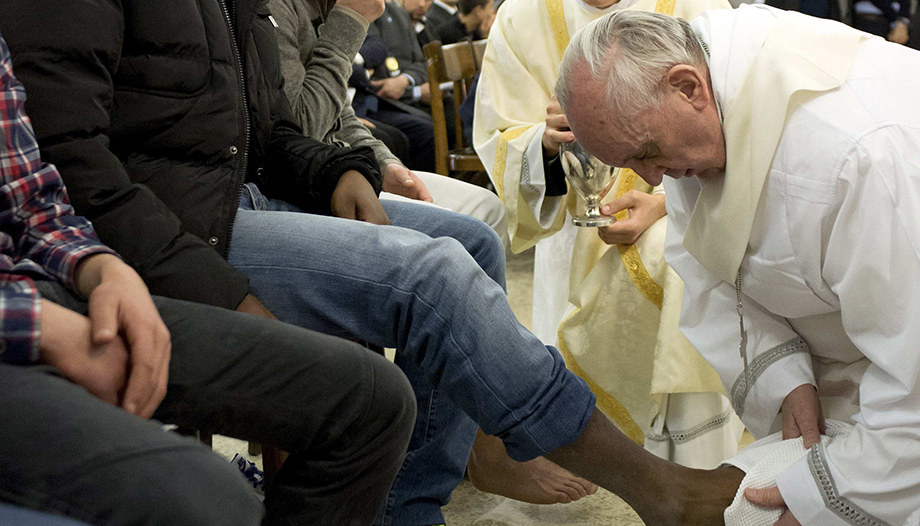
 Teachings of the Pope: For the Greater Glory of God
Teachings of the Pope: For the Greater Glory of God